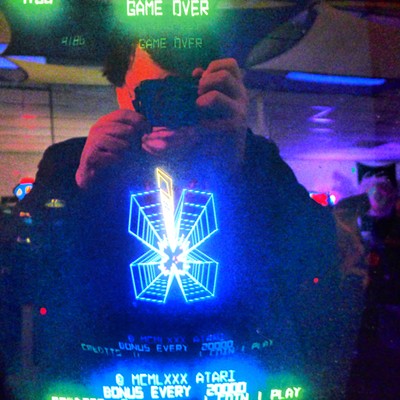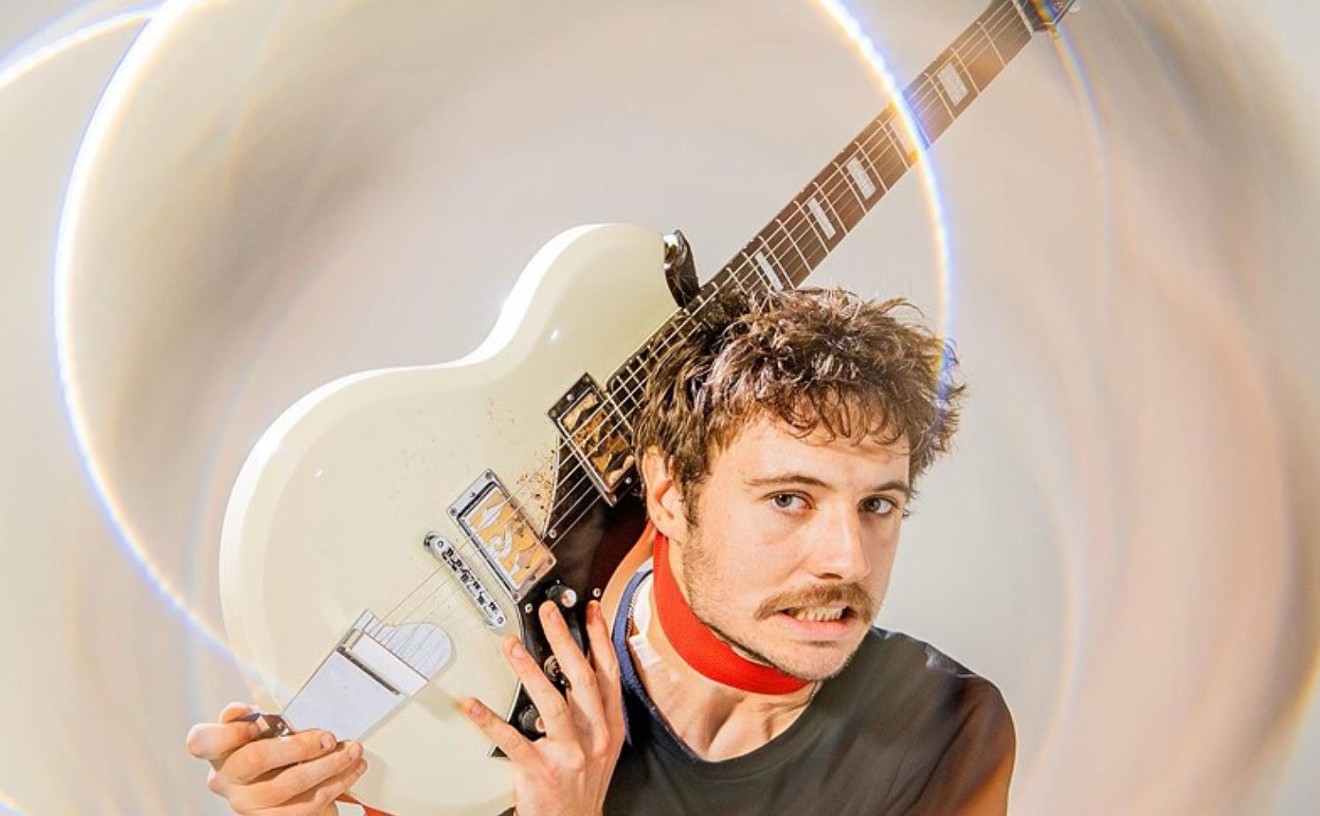Kraftwerk is currently on its 3D Concert tour of North America, with a stop planned for the Ellie Caulkins Opera House on Wednesday, September 23. The multi-media show includes a performance of the music with 3D video accompaniment. The combination of a tactile experience and modern technology fits perfectly with Kraftwerk's futuristic vision for what music and the presentation of that music can be.
When the group was started in 1970 by Florian Schneider and Ralf Hütter — art students at Robert Schumann
Popol Vuh is credited with being the first krautrock-era band to use a synthesizer in its music. But Kraftwerk soon followed, and across its first trio of records, its music was more in line with the improvisational music that was in vogue in German, psychedelic prog. But by the time of the 1974 album, Autobahn, Kraftwerk had taken a decided turn for a more pop-oriented songwriting approach.
The 1975 follow-up, Radio-Activity was the group's first recorded entirely in its own Kling Klang Studio which the band used as a compositional tool as much as a vehicle for having control over the production of its sounds at a time long before anyone with a computer could have easy and cheap access to fairly sophisticated recording software.
While Autobahn introduced the world at large to Kraftwerk, it was Radio-Activity and the subsequent tour in support of the album that cemented the band's impact on young musicians in Europe, the
Morton Subotnick invented the synthesizer, Karlheinz
1977's Trans-Europe Express garnered Kraftwerk even greater critical praise and popularity and the album's title track inspired Afrika Bambaataa to write “Planet Rock” and in later years it was named as an influence on Radiohead's Kid-A and J. Dilla's song “Big Booty Express” not to mention Madonna sampling “Metal On Metal” for her Drowned World Tour. Joy Division used to play the record over the P.A. before every show to set the tone for the performance.
Before the end of the '70s, Kraftwerk released one of its most popular and important albums up to that time in The Man-Machine in 1978, with two well-known singles, “The Model” and “The Robots.” Synth pop was already becoming a thing by that
For most of the first half of the 1980s, Kraftwerk had notable releases but none that had the same level of impact as its 1970s recordings. 1981's Computer World is considered by many to Kraftwerk's finest work. In the roundabout, oblique way, that classic science fiction can prove prophetic, Kraftwerk certainly proved so with that album. Though the last full album of all original material proved to be 1986's Electric Café (also known as Techno Pop), the last classic Kraftwerk release was the 1983 single “Tour De France,” which was exposed to a wide audience through the 1984 film Breakin'.
Kraftwerk has never toured extensively, but it has engaged in periodic forays into the world. And yet, against all odds, despite eschewing media stardom, by virtue of its imaginative pop songcraft and visually and sonically affecting live performances,
Without Kraftwerk there is no industrial music, post-punk would have largely remained merely darker punk, no EDM, no house, no rave music, certainly no minimal synth, no techno to speak of and none of the modern pop music that is all but built on the foundation Kraftwerk laid in the 1970s. Few, if any, other single bands can claim such a rich and pervasive legacy and that the band can continue to make music and perform shows that push the envelope is remarkable. Still, it's really just part of what Kraftwerk has done all along.











